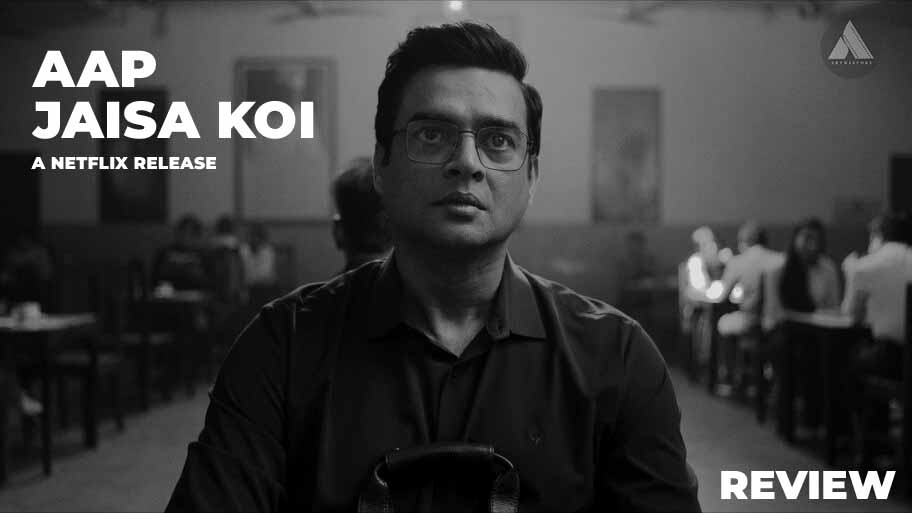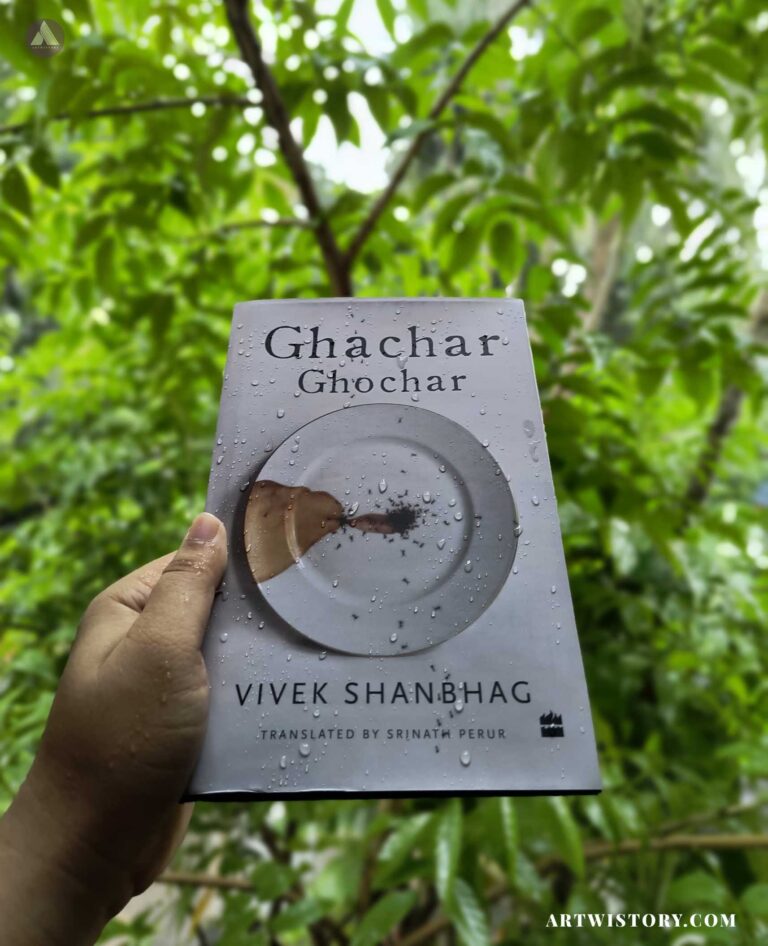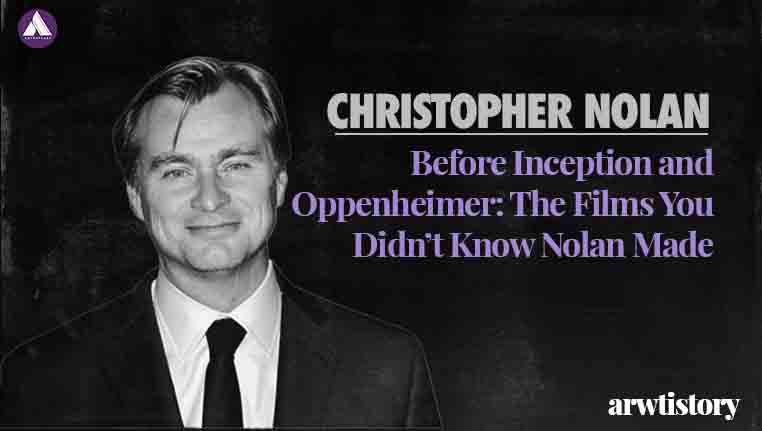Rom-com has always been one of the most widely accepting popular genre. And for the same reason doing justice to this genre is much more difficult than it seems. Aap Jaisa Koi currently in the list of Top10 Netflix movies to watch right now, tries to establish it as a romantic comedy. But does it actually work?
| Attribute | Details |
|---|---|
| Directed by | Vivek Soni |
| Produced by | Karan Johar, Apoorva Mehta, Somen Mishra, Adar Poonawalla |
| Written by | Radhika Anand, Jehan Handa |
| Lead Cast | R. Madhavan, Fatima Sana Shaikh |
| Support Cast | Manish Chaudhary, Ayesha Raza, Namit Das, others |
| Cinematography | Debojeet Ray |
| Music | Rochak Kohli, Justin Prabhakaran |
| Editor | Prashanth Ramachandran |
| Runtime | 115 minutes |
| Release Date | July 11, 2025 (Netflix) |
| Language | Hindi |
| Production House | Dharmatic Entertainment (Dharma Productions) |
Plot of the film
The story revolves around Shrirenu Tripathi (played by R. Madahavan) a reserved middle aged Sanskrit professor from Jamshedpur who has never experienced love or kind of personal intimacy. Eventually, he is being advised to try a sex chatting app by his friend. As per the circumstances goes around, he meets Madhu Bose (Fatima Sana Sheikh), a spirited and independent French instructor from its age and his worldview. They felt immediate connection and decided to take the relationship to the next step, i.e., marriage. But by instance Shrirenu found out a secret about Madhu’s past (related to involvement of her in the sex chatting app).
Cultural Appropriation and Stereotyping Done Wrong
Now let’s talk about the film’s other aspects. The film has received mixed reactions on the internet. The verisimilitude of the culture in the film doesn’t quite work. The constant effort at cultural appropriation ruins the film itself and, moreover, works against it. The unnecessary stereotyping of a culture, especially when you are Bengali—is frustrating.
Why does every Bengali character need to wear a saree to become the object of the male gaze? A Bengali woman is always shown in a chiffon net saree—which is pretty ridiculous.
And let me be very clear and speak out loud about it:
“Just because we are Bengali doesn’t mean we are always intellectual and woke.”
I myself live in Kolkata, and if my sister or any other random girl wears a so-called “revealing” dress, it’s always frowned upon by many in my neighbourhood. Not every Bengali home has intellectuals sitting in it. But the film does a perfect job of adopting and glorifying that stereotype.
Madhu Bose and her family are portrayed as the woke household—free of patriarchy and promoting gender equality. I’ve seen this same unnecessary stereotyping in Rocky Aur Rani Ki Prem Kahani (2023). It might be because both films are produced by Karan Johar. But I noticed a similar style of storytelling and a tendency to use specific cultures for superficial representation.
The film has another such sequence where it really tries hard to do cultural appropriation—but fails.
Saraswati Puja takes place in January or February—the date varies, but it’s always between these two months. During this time, the weather in Kolkata is genuinely cold. Yet, in the film’s ending, Shrirenu and Madhu are shown getting drenched in the rain while having a climactic conversation and you don’t see even a hint of chill or discomfort on what should be a freezing early morning by the river in January. It just doesn’t feel real at all.
And please tell me—why the hell does every film feel the need to show the Howrah Bridge?
The scene was about the bhasan of the goddess. Bhasan is the process of bidding farewell to the goddess by immersing her effigy in water. But it is NOT mandatory to do this ritual on the Hooghly River under the Howrah Bridge. Often, it is done in specific ponds or waterbodies created just for such rituals. Let’s not even talk about the topography or the map—it becomes factually incorrect. But let’s leave that aside for now.
A Film That Loses Focus
The story becomes irrelevant at times and starts to feel like moral policing on patriarchy and gender equality. As much as I love seeing these themes addressed, let’s not make it too obvious every single time. It feels like the themes are used just to titillate a certain section of the audience—to market the film better. The biggest problem is that we expect much more from the film just because it stars R. Madhavan. It’s pretty obvious that most people watched it because of him (at least according to many Twitter and IMDb users). And because of him, we expected more layered storytelling, which the film fails to deliver. While the performance by R. Madhavan fills the gap, and he does commendable justice to his role, the shortcoming lies in the storytelling and screenplay both of which become irrelevant toward the end. The film tries to teach something but fails to do so, as the narrative doesn’t stick to its point and keeps losing direction.
Talking about the cinematography, it seems pleasing and dreamlike, and in that sense, it somewhat works. Those of us who know Kolkata well can tell that the topography and structure are inaccurate, but still, it remains vibrant, thanks to its constant warm tone.
The comedy in the film doesn’t land consistently, it’s more of a hit-or-miss case. Sometimes it works; sometimes, it doesn’t even register. Even though the romance doesn’t feel very genuine, it somehow still works perhaps because of the performances.
The film might be a guilty pleasure for some because it fails to achieve its genre identity— it doesn’t feel like a rom-com at all. That said, I would never ask or advise someone not to watch it. A movie is meant to be loved or criticized—by everyone. We should give it a try.
But when you do give it a try, just come back here and leave a comment, whether you agree with me or have an opposing point of view.



